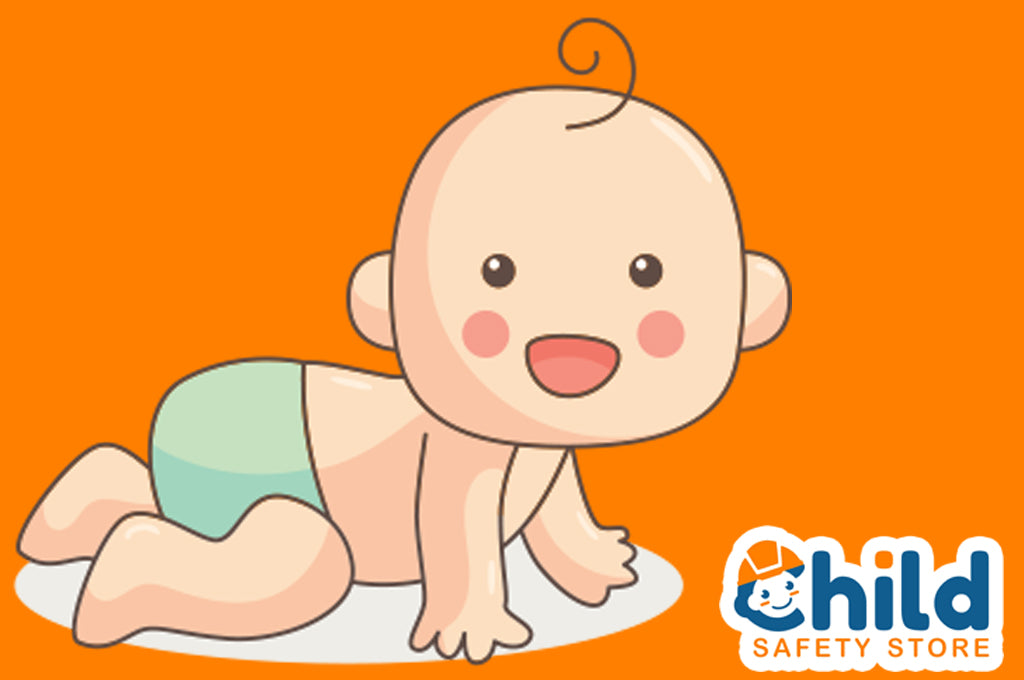
Infant Walkers: Danger in Disguise
Keeping kids safe is our number one priority. Sometimes, dangers may be rolling right under a parent's nose. In the past, we've covered common products that most people own that could easily prove treacherous for children. These range from heavy tipping TVs to car safety seats. Today, let's tackle another frequently underestimated product: the infant walker.
Beware the Walker
An infant walker may seem like one step closer to important developmental milestones in your child’s life. These mobilizing devices help infants to make their own way across the room before they can fully walk on their own. For many parents, this seems like a great learning tool. After all, the sight of those tiny feet taking steps across the room may mean that your little one will be walking soon!
Unfortunately, this isn’t the case. In fact, these popular infant walkers have actually been shown to slow down a child’s walking development. On top of that, the walkers actually cause a surprising number of serious injuries.
Some of these products have been recalled in the past, and for good reason. Studies show that over 2,000 children per year were brought to emergency rooms for skull fractures, concussions and broken bones among other serious injuries, all caused by infant walkers.
Steady as She Goes?
Between the years 1990 to 2014, more than 230,000 children who 15 months old and younger were treated in emergency rooms due to infant walker-related injuries.
Basically, when children are not yet steady on their feet, and are given wheels that mobilize them, they don’t always have adequate control over where they move. This puts them in harm’s way by exposing them to hazardous situations. For instance, the child may gain access to areas of the house that they typically don’t venture into, or that may not be baby-proofed yet.
By far, the most common cause of infant walker-related injuries (74.1%) in the above study were caused by a fall down the stairs while using their walkers. Injuries caused by these products can include a skull fracture, brain injury and more. The most common of these injuries were to the head and neck (90.6%).
A Call to Ban Infant Walkers
In 2010, the U.S. Consumer Product Safety Commission (CPSC) sought to regulate these playtime toys with a set of requirements for manufacturers of the product. These mandatory safety standards included the installation of brakes to prevent stair falls. Still, the recommendation by the American Academy of Pediatrics (AAP) is to ban the sale of these walkers altogether in order to avoid repeated tragedies. This may make a lot of sense, since the number of injuries dropped by nearly 18,000 in thirteen years after the hazards of infant walkers was made more public.
Keeping Our Kids Safe
As you can see, by safety standards, these products are not recommended by most safety standards, including those used by the CPSC, APA and Consumer Reports, which refers to walkers as a “dangerous baby product to avoid.” They are also banned in Canada.
If these walkers are used, you should always keep an eye on your child while they are in it. Make sure strong safety gates block all accessible stairways, but don’t rely on them to break any falls. Your best solution is to avoid these infant walkers and instead opt for any number of toys that are both safe and allow your baby some freedom of movement. Using an infant walker simply isn’t worth the risk.
